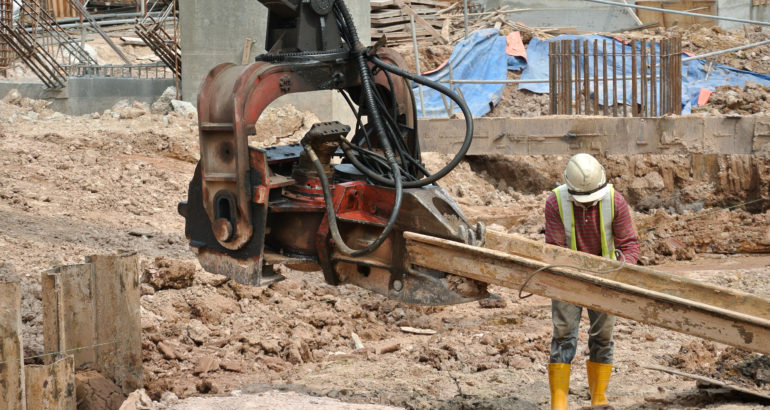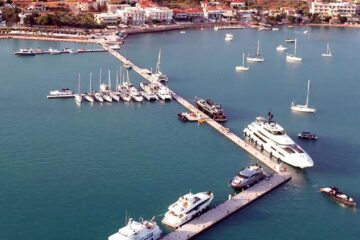RECYCLED PLASTIC LUMBER
HDPE docks are generally classified as boardwalks or walkways that are constructed over a body of water. This can be a lake, bay, river, ocean or a structure as simple as a residential dock. Here are a few kinds of common maritime docks:
- Berthing docks
- Floating docks
- Commercial piers
- Pedestrian piers
- and Wharves
These structures need to stand the test of time, being both durable and long-lasting.
That is why these projects must include structural stability and the ability to withstand wet environments. Waterways that contain salt or other chemicals can breakdown untreated wood and unprotected metals. When you construct a dock or wharves, you must consider the foundation, soil, and current.
Untreated wood can rot and mold due to consistent exposure to moisture, and unprotected metal can rust. It is vital to use a structural and long-lasting building material like plastic lumber to save on maintenance costs and keep a dock, pier or wharf intact for generations to come.
A “solid” HDPE Pile is constructed by using multiple extrusion manufacturing processes. Solid composite marine piles are reinforced with fortified polymer rebar. This makes it an ideal solution for heavy-duty marines like docks and wharves.
Structural plastic lumber products are resistant to many elements like marine borers, termites, fungus, salt, and oils. They can withstand a wide variety of massive impacts by absorption of energy through recoverable deflection and are totally non-polluting. This product is an excellent material for marine structural applications and comes in a variety of colors.
INSTALLATION OF HDPE PILING
The installation of HDPE (Solid) Composite Piling can be virtually any conventional means of pile driving; subject to soil conditions. If sandy, non-cohesive soils a Vibratory Driver/Extractor should be fine. In clays, cohesive soils, one might be better off with an impact hammer; Air/Steam, Diesel or Hydraulic Impact Hammer. As with driving any pile, and probably critical with HDPE Piles, one should ensure the appropriate Pile and Hammer Cushion Material is utilized during driving.
COMPOSITES – FRP PRODUCTS
When it comes to the construction of a new Dock, Pier and/or Bulkhead the use of Composite Piling, as well as Sheet Piling, has become an increasingly popular Marine Construction material. With structural characteristics similar to steel like it’s resistance to harsh marine environments and structural integrity, FRP Pilings also have corrosion resistance characteristics. In fact, fiberglass piles will not rot, rust, spall, or corrode; this makes them an ideal alternative for numerous marine applications. As for their resistance to Marine Borers, it is excellent, to say the least.
FRP Structural Components includes Sheet Piling, Pipe Piling, Whalers, and Decking. This means that almost any structural Dock or Pier Component can be constructed from FRP. Resulting in one structurally sound, marine borer resistant, long-lasting, and environmentally friendly marine structure.
Composite Pipe Piles, commonly used in residential and municipal Dock Structures, were initially developed to fill a need for use in the “Fender Pile” market. This is because extremely tough, high energy absorbing round pipe pile was needed.
Composite (FRP) Piling can be efficiently driven with a vibratory hammer. When utilizing a vibratory hammer to drive FRP Pipe Piling, you may need to create an adaptor shall to connect the vibrating hammer.
The adaptor shall include an interior steel pipe that fits into the Composite Pipe Piling to guide the pile. The tube should be between 0.5” to 2” less than the internal diameter of the pile. Note: The interior pipe shall be welded onto a flat steel plate.
The steel plate applies the compression force into the top of the pile. The steel plate shall be connected to a beam that can be clamped by the vibratory hammer.
When driving Composite Sheet Piling, it is not uncommon to see a contractor utilizing an Excavator Mounted or Free Hanging Vibro for driving the sheets. As with driving any sheet piling, standard installation practices should be followed.









